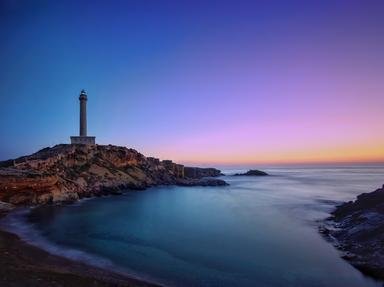Quiz Answer Key and Fun Facts
1. In 1948 the SS Kiangya sank in the mouth of the Huangpu River in China. What amazing thing happened to it in 1956?
2. In 1914, the Canadian ocean liner RMS Empress of Ireland sank in which body of water with a loss of life of over a thousand passengers?
3. This photo shows an image of the MS Estonia, which sank in the Dead Sea in 1994.
4. What caused the sinking of the MV Princess of the Stars off the coast of the Philippines, in August of 2008?
5. In a 1954 accident, the Japanese train ferry Toya Maru sank while sailing between which of the following islands?
6. Look at the photo and figure out what kind of ship was the Sultana, which sank in 1865 with huge loss of life?
7. What was the French cargo ship the SS Mont-Blanc transporting on the morning of December 6, 1917, when it exploded in Halifax, Nova Scotia, Canada?
8. The General Slocum sank in 1904, was raised and refurbished, only to sink again in 1911.
9. In one of the worst maritime disasters to occur in Australian waters, the British barque Cataraqui sank in 1845 while carrying a load of which of the following?
10. In 1975 which one of the Great Lakes claimed the freighter Edmund Fitzgerald and all of her crew?
Source: Author
dcpddc478
This quiz was reviewed by FunTrivia editor
stedman before going online.
Any errors found in FunTrivia content are routinely corrected through our feedback system.

